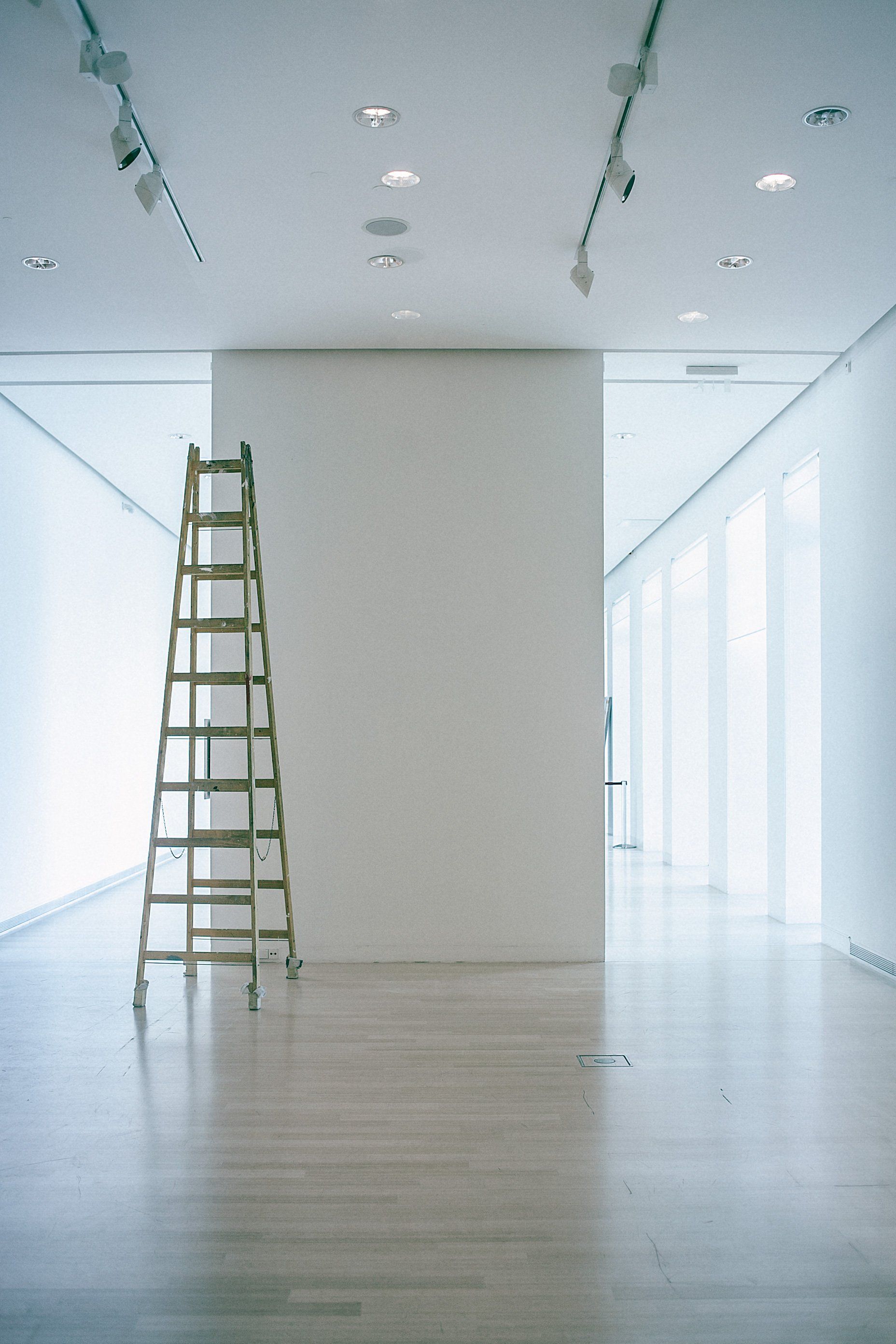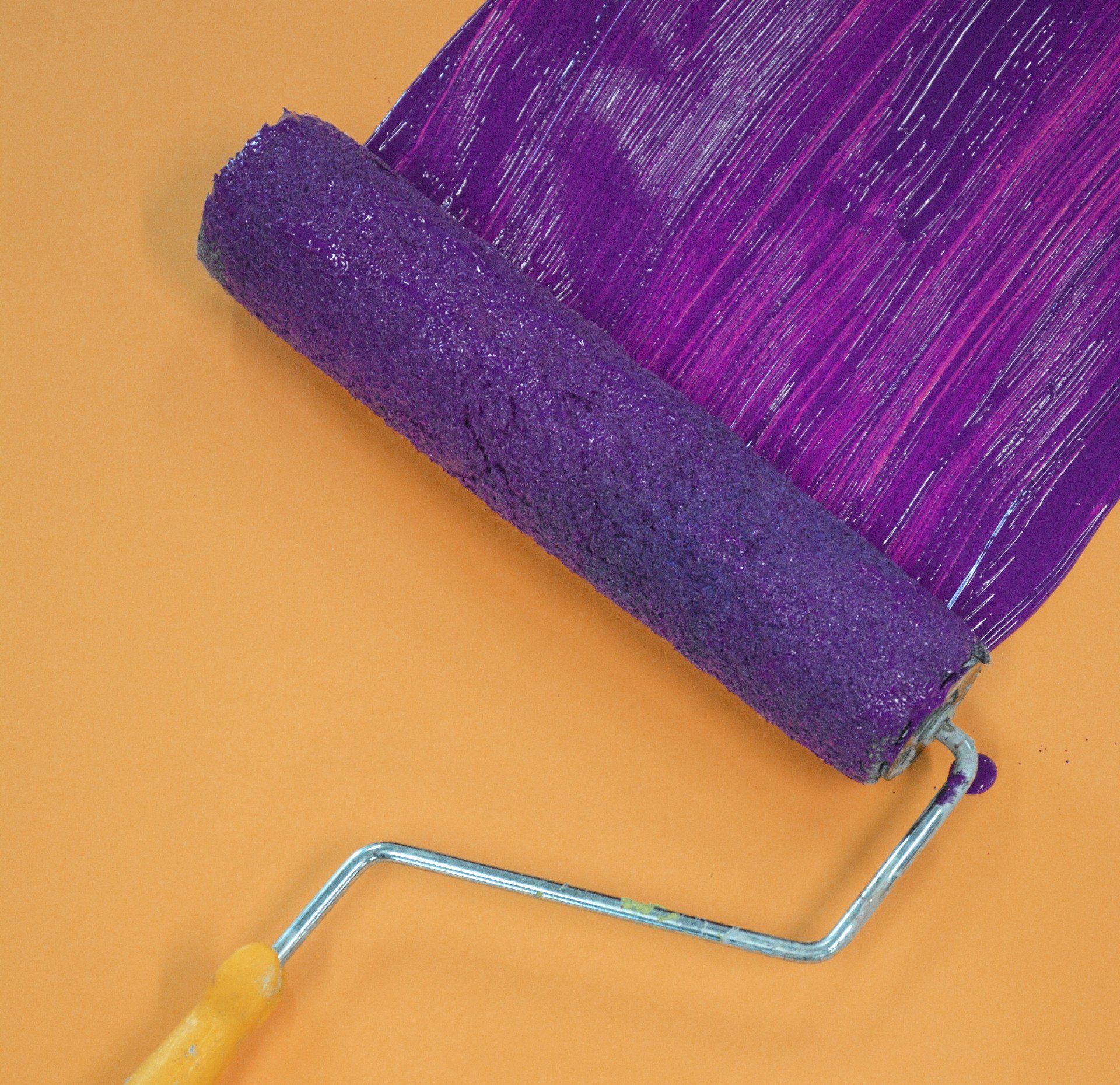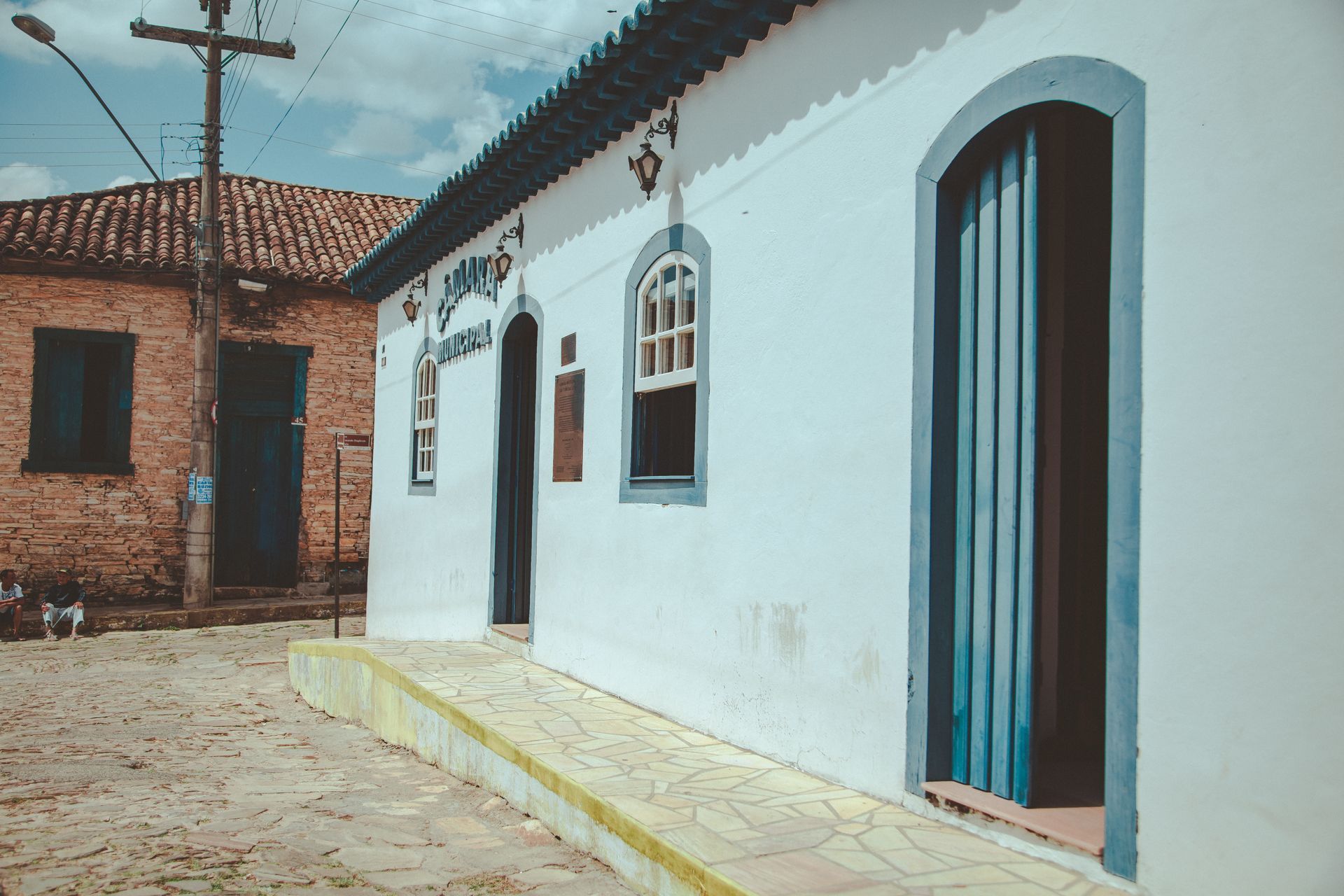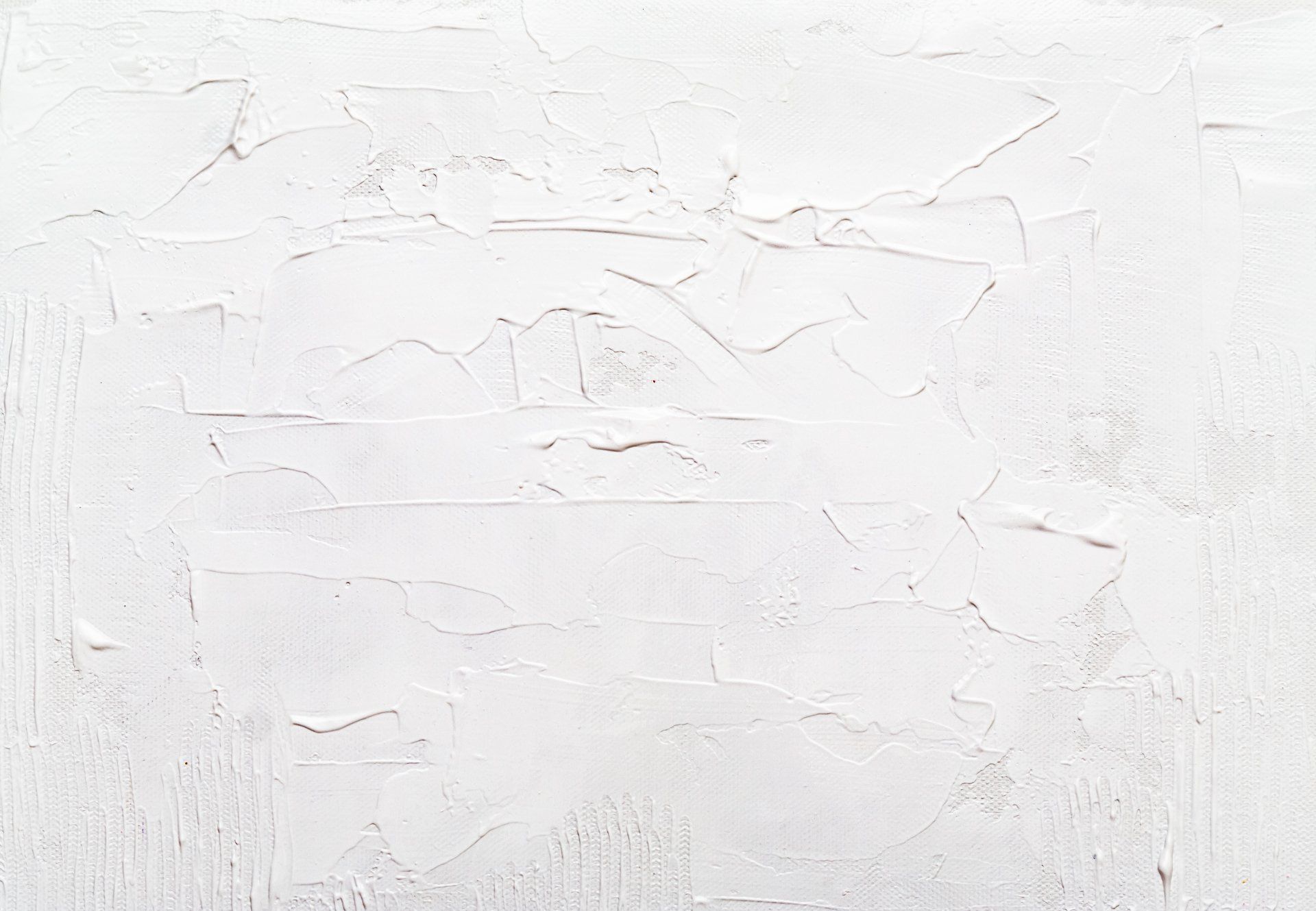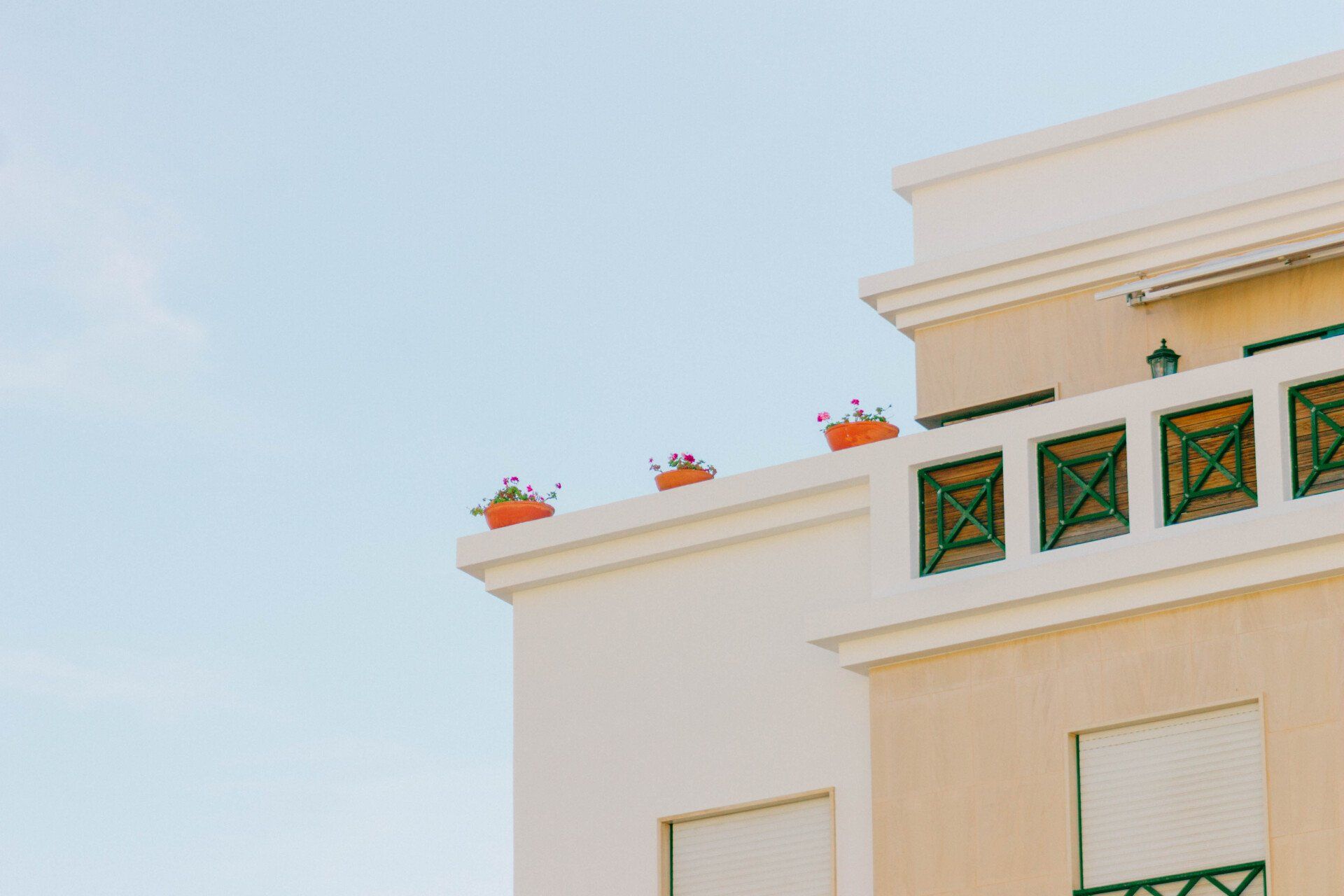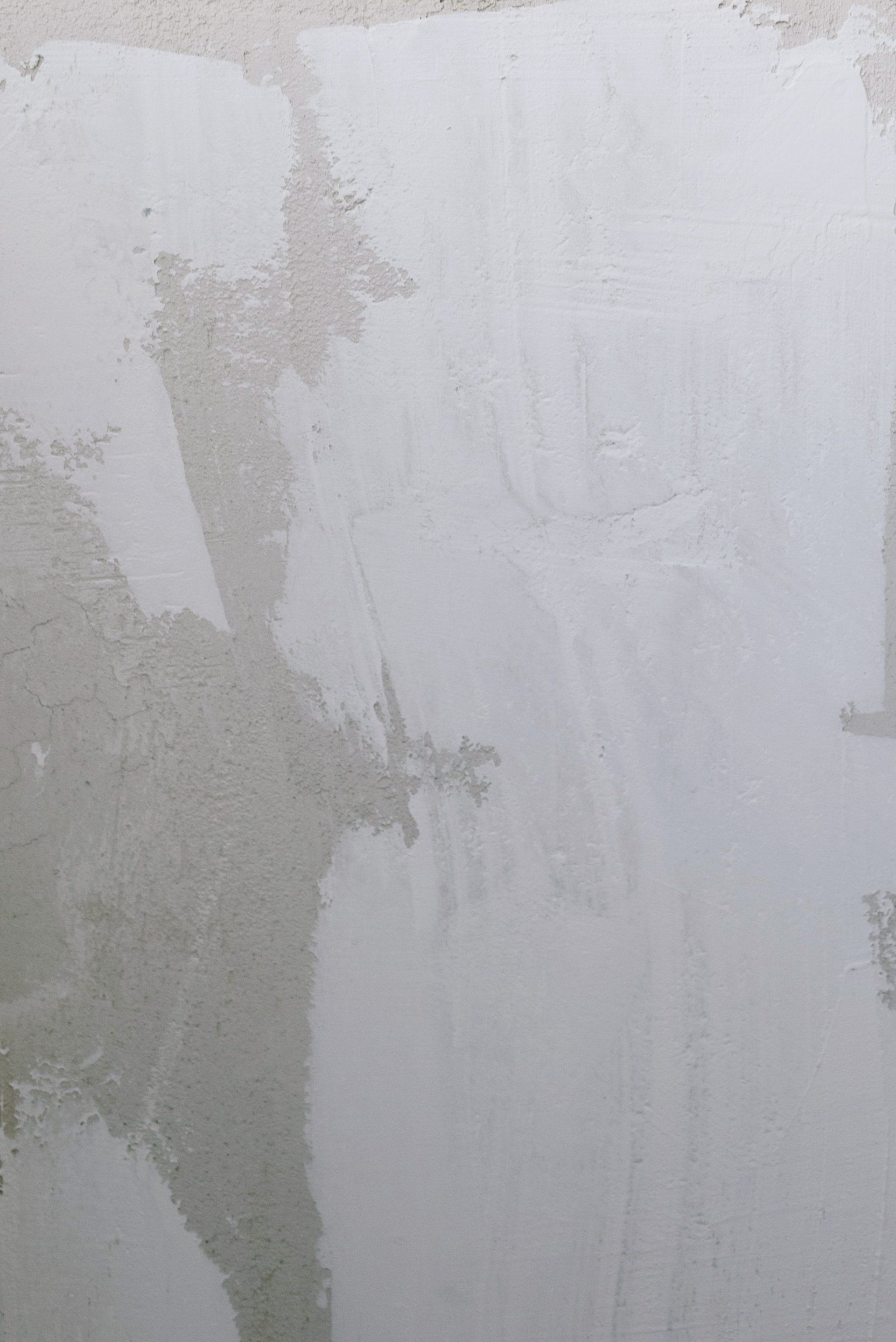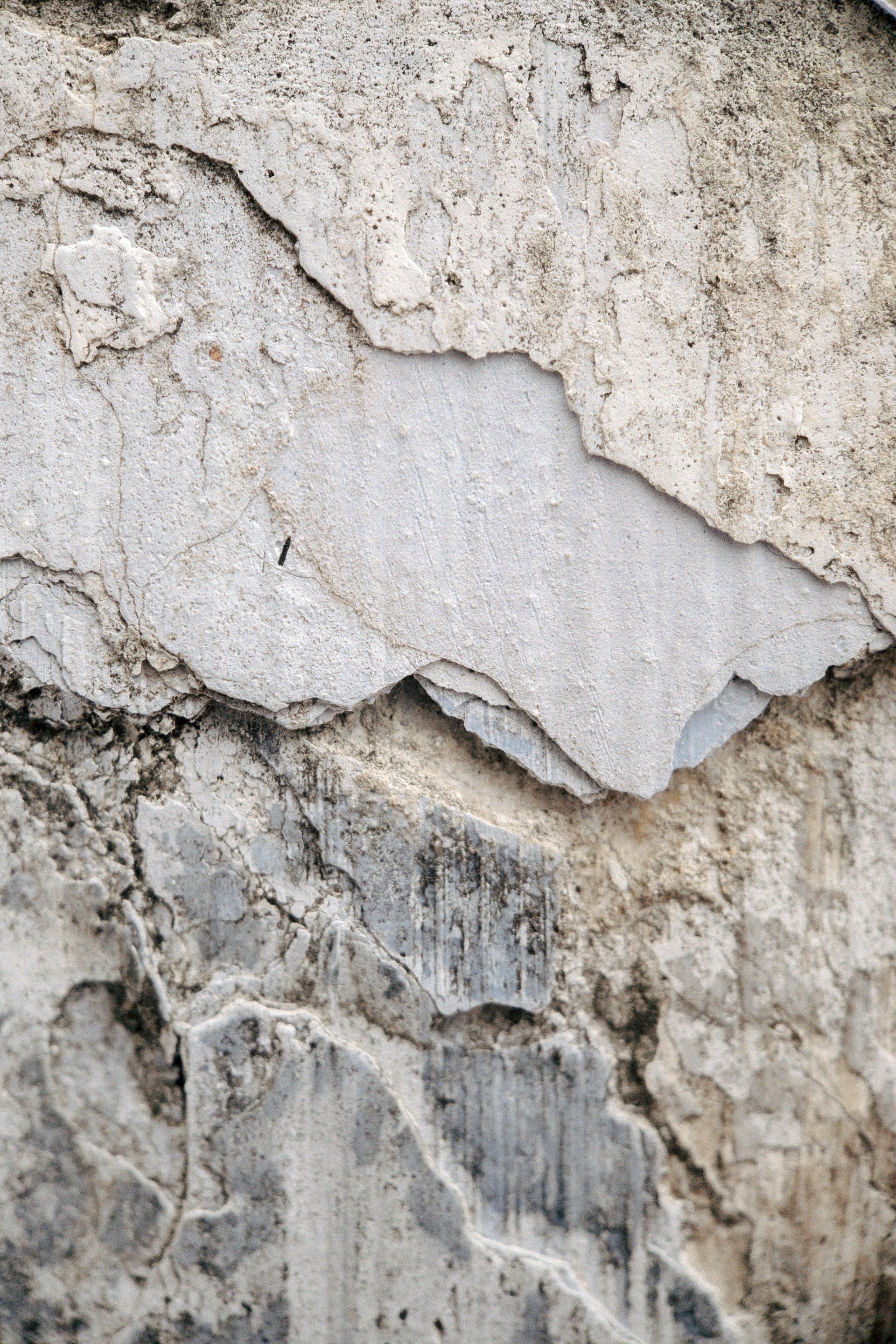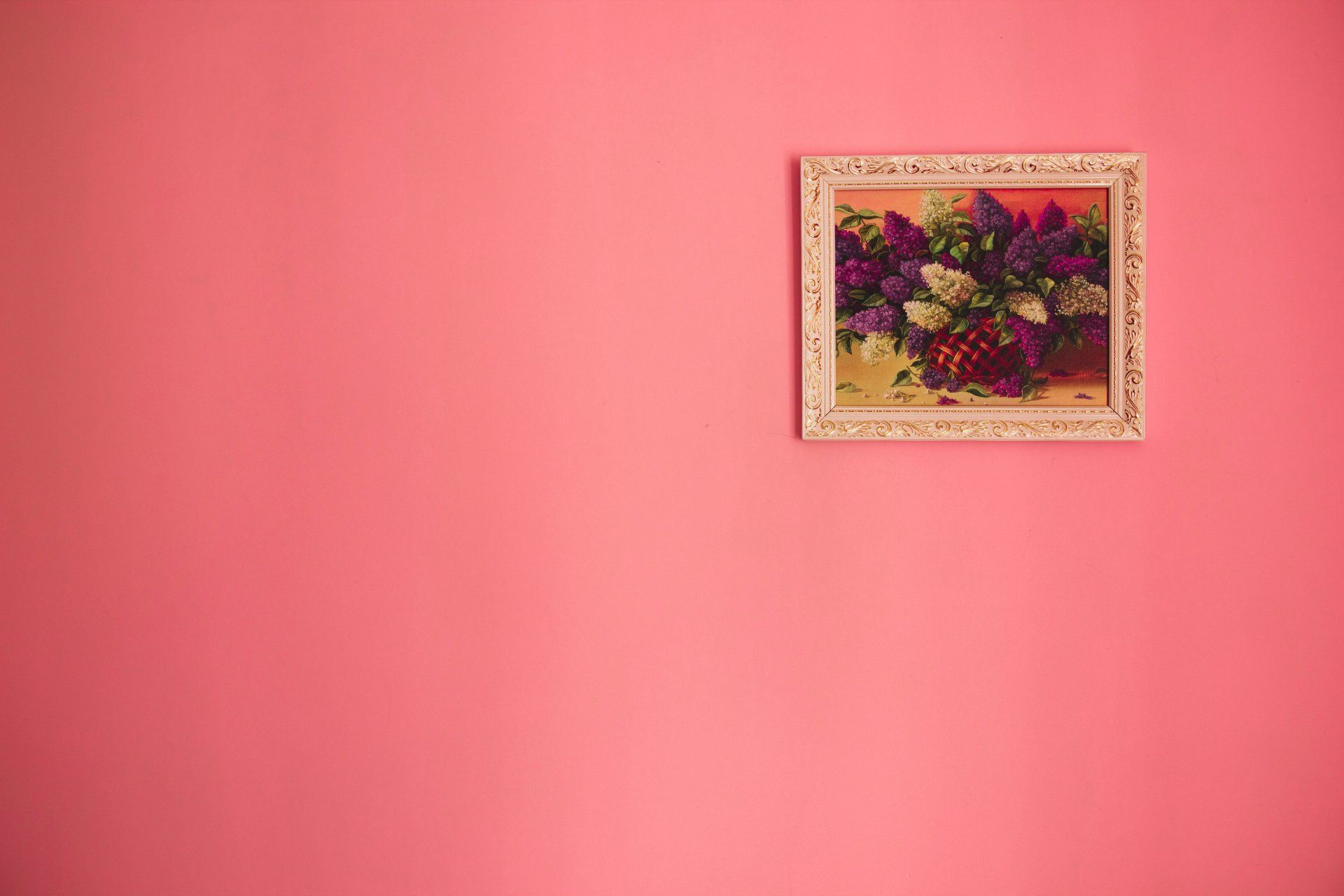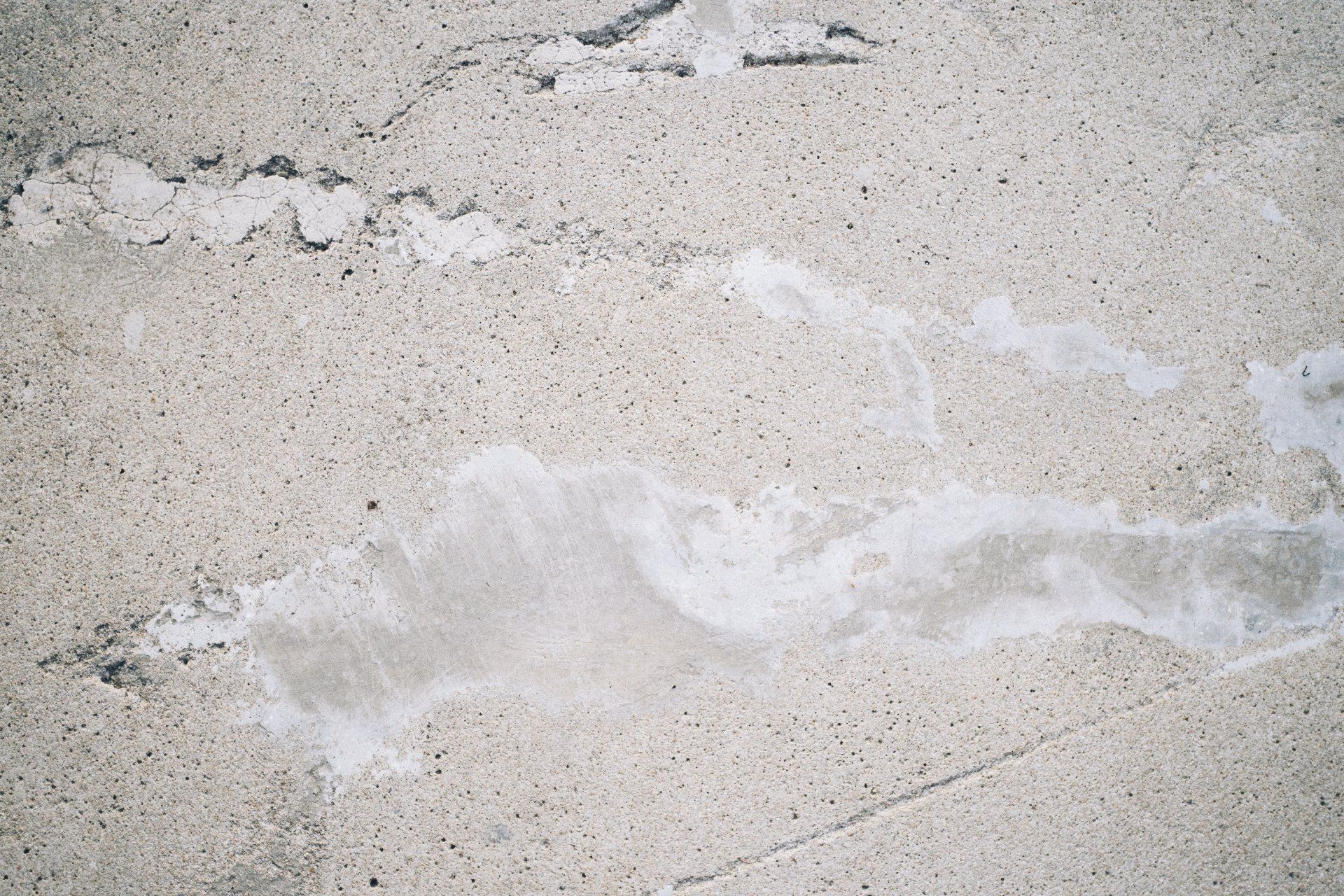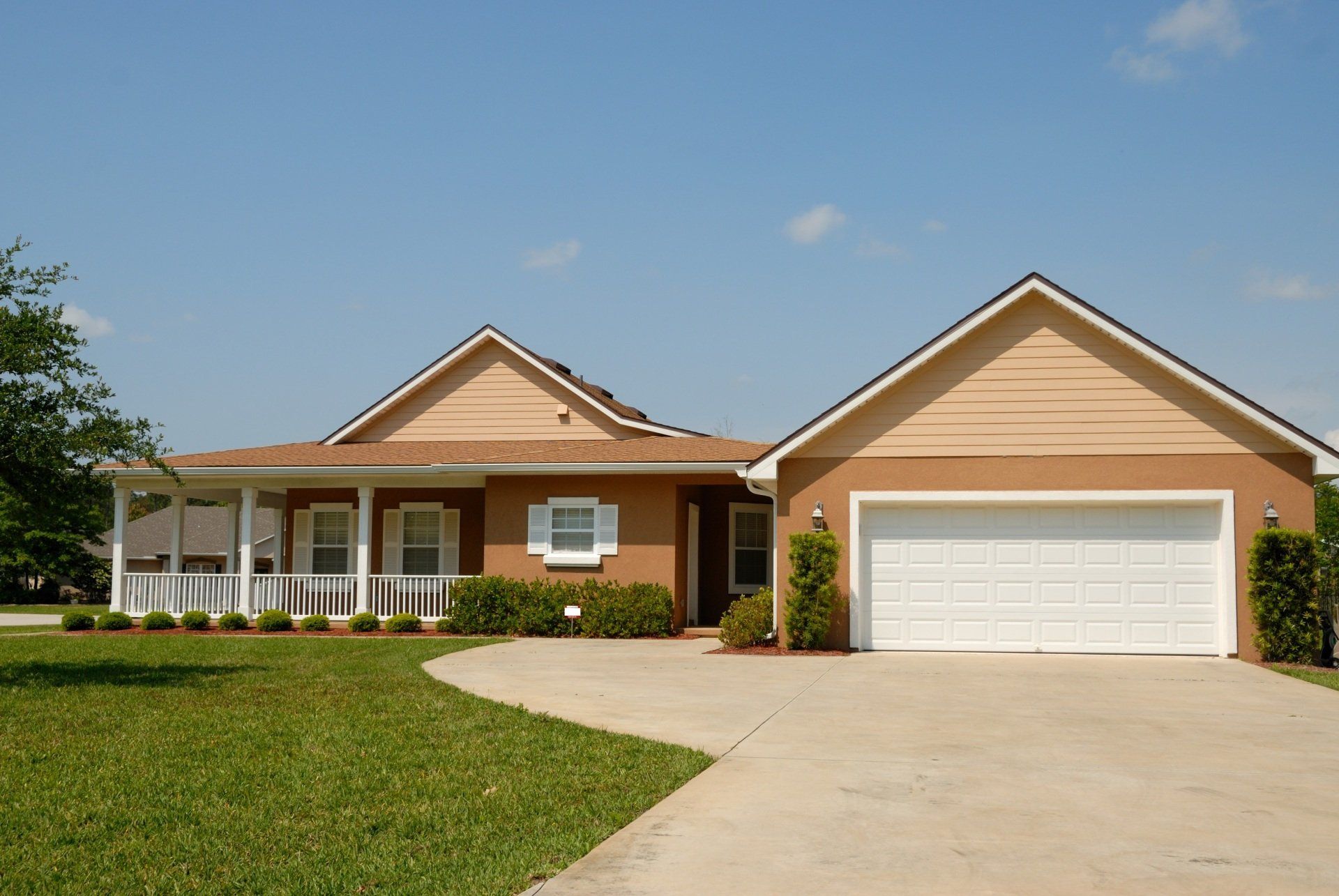Painting Stucco
Painting Stucco
The long-lasting and most cost-effective method to alter the color of stucco is to use paint. If you pay attention to the finer details, from the surface preparation all the way to applying a high-end finishing paint, the new appearance and color for your outside stucco could be practically maintenance-free for years to come.
The best quality and craftsmanship remain in the small details. It starts by preparing the surface properly and any repairs that are required. The next step is to select and apply the most effective primer and coating.
Preparation
All masonry surfaces must be completely cured prior to any paint being allowed to take place. The new exterior stucco needs to allow to set for at least 60 days.
Before you begin any work, make sure you look over the whole surface. Be aware of peeling paint, rust staining, efflorescence deposits, and other areas that require repair. Peeling paint, as well as staining and deposits of efflorescence, could suggest water damage. The affected areas require more inspection following pressure washing.
The efflorescence deposits are formed by the movement of water into the stucco. The water absorbs alkaline salts and deposits either on top of or in the shadow of the film of paint. A scrub brush or mortar cleaner may be required to remove heavy deposits.
Pressure Washing Stucco
The process begins by washing thoroughly to get rid of dust and dirt. Pressure washing is an extremely delicate process. Stucco is a fairly soft masonry coating that can get damaged easily by high-pressure water. Make sure to use a low pressure 1200-1500 psi and a large spray tip.
Cleaners and soaps for masonry are a great option for dirty areas and efflorescence deposits, as well as the rust stain. The use of cleaning products is not needed.
Start washing by beginning at the uppermost point and then work your way downwards. The spray tip should be kept 12 inches or more from the wall. Particular attention should be paid to doors and windows. The pressure water should be angled off of the areas in order to avoid water leaks or intrusion through the stucco.
The pressure washer can remove the paint that is loose; however, it may also be able to remove some stucco when the pressure is excessive, or the edge is not closed. The washer can be used to give an even surface. Do not rely on it to get rid of all paint that has fallen off.
Let the stucco completely dry prior to beginning the caulking and priming. It could take up to several hours or more, dependent on the humidity and temperature.
Caulk and Sealants
Sealing any gaps and cracks is vital and will dramatically impact how the paint finish lasts. The water must be prevented from leaking through the finish of the paint. The most effective and efficient choice for sealing is elastomeric. With its excellent adhesion and lengthening features, this sealant is guaranteed to last for a long period of duration. Apply the caulk as soon as the stucco has been primed to give the best performance.
Cover any openings or penetrations. This includes doors, windows and trims made of wood. Other areas include dryer vents, plumbing holes and the wall to the soffit.
Stucco Repairs
The most frequent repairs are big holes, worn corners, and tiny areas of stucco that are missing.
Cracks of non-structural nature always appear on the masonry surface. They could be random or appear in large numbers. The cracks may range from the hairline up to 1/4 inch wide. Caulk can be very effective on small cracks with a tight seal, but it is not effective on large cracks that are prone to movement. An alternative is to apply an elastomeric sealant that is brush grade. The sealant is thick and comes either with texture or without, which helps blend with the surface. Apply two coats and let each coat dry completely.
Damaged areas: Any stucco that is loose needs to be removed and fixed. An experienced contractor who can make the same texture as before must fix large areas. The smaller areas could be fixed using specialized patching materials. The fundamental steps are simple. Start by removing the pieces of material that are loose. Then rinse the area with water with a wire brush to get rid of the remaining powder and grit.
The patching compound is applied after the surface is dried. The most effective patching materials are one that is mixed with water. The first application will smooth out the area and make it level with the finish. The second is to give the needed texture to match the stucco. It is very difficult. Most likely, the patched region might be slightly different.
Ready to work with Saskatoon Stucco Artisan Experts?
Let's connect! We’re here to help.
Send us a message and we’ll be in touch.
Or give us a call today at 306-900-4479
More Tips, Tricks & Tools
